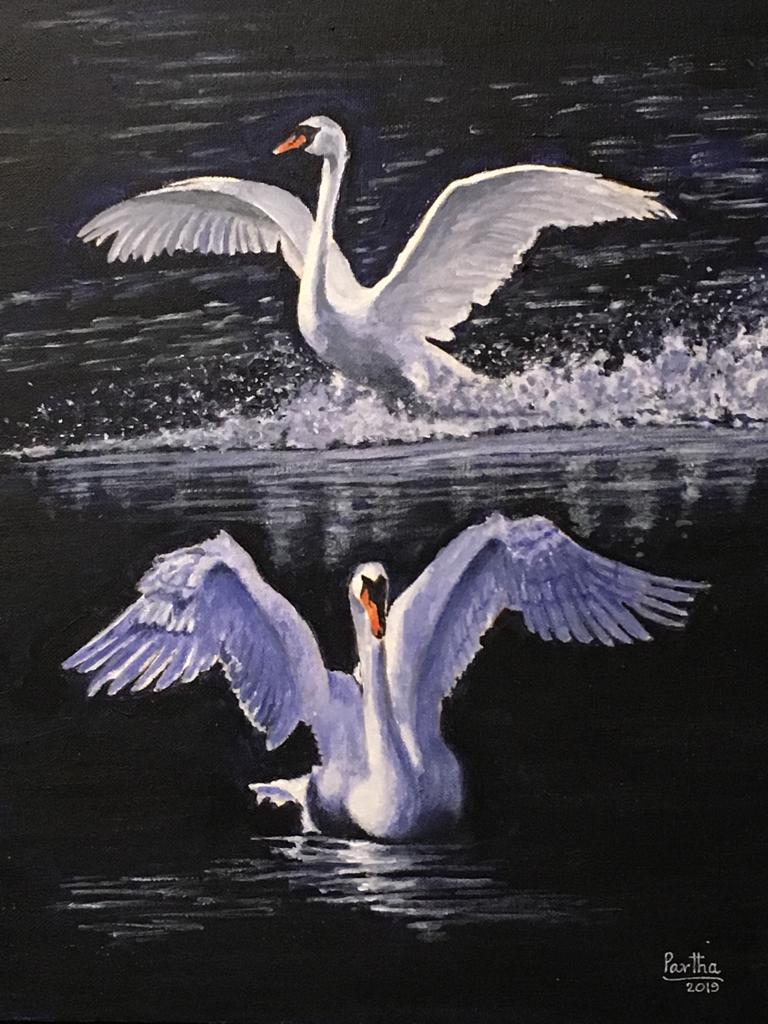Instead of analyzing how the universe begins, let us look at the sky and look at the countless stars. Ancient astronomers realized its vastness and were happy to write about stars in their lifetime. I will not go into the timeline of development in this branch of science. But look into the unimaginable knowledge of COSMOS bestows on us. And we will simply go through their findings. Let us imagine the Universe as a whole and a whole entity that consists of many large well-defined objects or components. Just imagine, we are so lucky that we will begin our thought with inconceivable knowledge that took many thousands of years of hard work by millions of great philosophers, astronomers, physicists, scientists, and folklore. Hats off to them and now focus on the subject.
Structure of the Universe
It is infinite,
Unending empty Space,
Gases,
Solid Particles.
Scientifically and astronomically defined objects in the entire space are –
Trillion of Galaxies as estimated today. The Andromeda Galaxy is the closest one to us.
A galaxy is a huge collection of gas, dust, rocks, unfathomable dimensions of empty space, and unbelievable numbers of stars and their solar systems, each held together by its gravity.
Each Galaxy contains – trillions of stars, and many solar systems, and the entire galaxy is tightly bound by its own gravity mechanism.
The Andromeda Galaxy is very important due to its proximity to the Milky Way, just to keep a watchful eye on the next-door neighbor, and it is visible to the naked eye from Earth, so said. But I didn’t know what part of the sky it can be seen. I noticed our Milkway while I was at Behala in dark night. Then Behala was not truly part of Calcutta.
Our galaxy – is a part of the Milky Way which holds more than 50 galaxies.
It would make more sense to think about our own galaxy. The Milky Way Galaxy has many solar systems. We reside in our solar system out of a few thousand (~4000) solar systems (like our sun with its planets etc. orbiting around with its own gravity mechanics) in our galaxy. Our solar system is a tiny part of the Milky Way. When we look at the sky we see many other stars associated with their solar systems in our Milky Way. Planets and asteroids are all part of it. The Milky Way was clearly visible from the primitive age by the naked eye. Hubble, NASA’s Kepler Space Telescope, and other modern telescopes have captured the supermassive black hole, probably the birth source of our galaxy. It may be a connection point conduit to other galaxies like an umbilical cord. It is absolutely possible that others from their own solar systems of the Milky Way galaxy are watching us and imagining alien intelligent species’ existence.
It is mindboggling that our scientists estimated that there are billions of galaxies in space. Modern telescopes are so powerful that they can determine many types of supermassive black holes which are associated with each galaxy of many sizes and shapes, scientists named them pinwheel, spiral, elliptical, and oval-shaped galaxies. Our nearest galaxy Andromeda may be crashed with our galaxy in a billion years.
No sense in spinning our heads now, just trust our astrophysicist.
It would be fair to list some of the important object types as discovered throughout the space.
Galaxies
Stars
Black Holes
Planets
Comets
Meteors
Asteroid
I think this is a good time to stop here. By nature, everything has a beginning and ending. Just as a baby is born and finally dies at old age, we can be sure our galaxy along with its all components will eventually die. At a later date, we will discuss the origin of our galaxy.
















A very well-written piece, Debu. Through rather simple language,you have been able to convey some monumental
thoughtsand ideas. And with it, you have sprouted within me at least, additional thirst for knowledge and wonderment.
Comment by Partha Sircar — May 10, 2024 @ 12:32 am